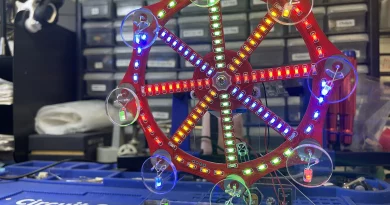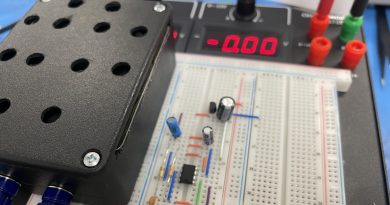Soldering Problem Repair & Prevention
An ideal solder joint for through-hole components should have a shiny, smooth, and concave surface with a wetting angle between forty and seventy degrees. If you’re new to soldering — and even if you’ve been soldering for years — you’ll likely run into some problems along the way, so let’s take a look at some common soldering issues as well as ways of preventing and correcting such issues.
Disturbed Joints
When a joint is moved as the solder hardens you end up with a disturbed solder joint which will appear frosted or rough. You can repair a disturbed joint by reheating the solder and ensuring there is no movement as it cools. Preparation is the key to prevention: you can avoid disturbing joints by stabilizing the board with, for example, a vise.
Cold Joints
When the solder doesn’t melt completely you end up with what is known as a cold joint. Characterized by a lumped or rough surface, cold solder joints are unreliable; the joint will be weak and cold joints often develop cracks over time. The way you repair a cold joint is by reheating it with your soldering iron until the solder begins to flow. Cold joints frequently have excess solder which you can draw off with the soldering iron tip. You can prevent cold solder joints by giving your soldering iron sufficient power and time to warm up.
Overheated Joints
An overheated joint results from solder failing to flow and the burnt flux residue can make repair very difficult. To repair an overheated joint you should carefully scrape the joint with the tip of a knife or use isopropyl alcohol and a toothbrush to remove the burnt flux. Keep your soldering iron clean and hot and clean the joint to avoid overheating solder joints.
Excess Solder
When you use too much solder you won’t be able able to tell whether a joint is good: a blob of solder may not wet the pin or the pad, resulting in an unreliable electrical connection. Proper wetting and good electrical contact is easily identified by a concave surface on the solder joint. If you’ve used too much solder on a joint you can draw some off with a hot soldering iron tip, or you can use a solder sucker or desoldering wick in more extreme instances.


